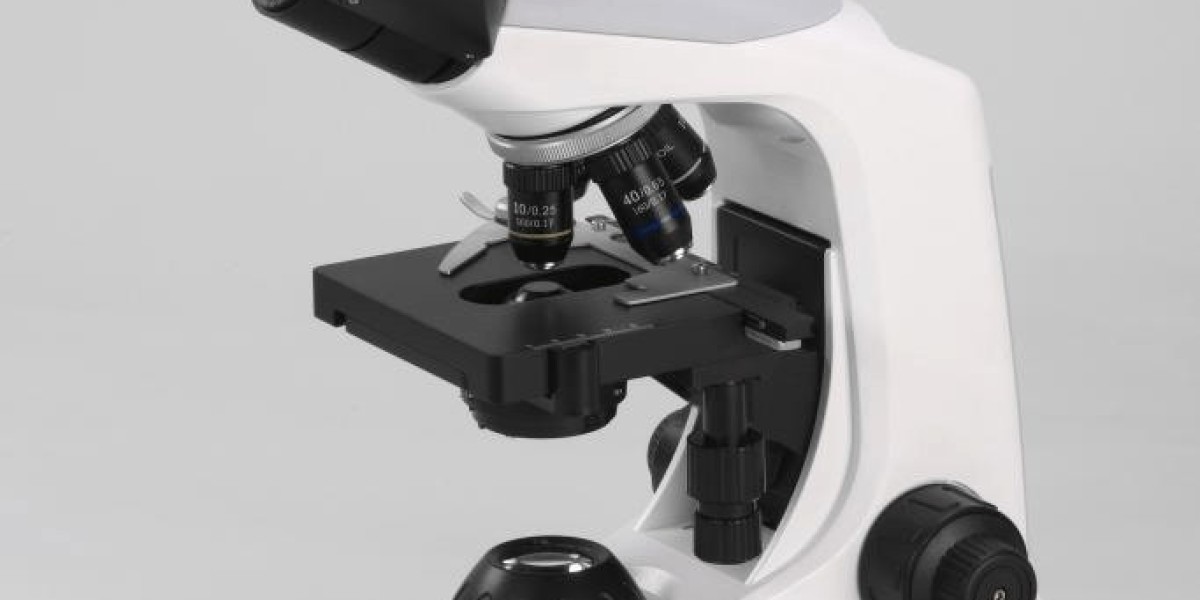There are several ways to improve the contrast of an image under a biological microscope. Here are some of the most common methods:
Use a condenser: The condenser is a lens that focuses the light from the light source onto the specimen. A condenser with a high numerical aperture will produce a brighter image with higher contrast. The numerical aperture (NA) is a measure of the light-gathering ability of a lens. A higher NA means that the lens can gather more light, which results in a brighter image.
Use immersion oil: Immersion oil is a liquid that is placed between the objective lens and the specimen. Immersion oil with a higher refractive index will produce a clearer image with higher contrast. The refractive index is a measure of how much light bends when it passes through a material. A higher refractive index means that the light bends less, which results in a clearer image.
Use a staining technique:Staining techniques can be used to color different parts of the specimen, making them more visible. There are many different staining techniques available, each of which is designed to stain different parts of the specimen.
Use a filter: Filters can be used to remove unwanted wavelengths of light, improving the contrast of the image. There are many different filters available, each of which is designed to remove a specific wavelength of light.
Use a digital camera: A digital camera can be used to capture the image and then adjust the contrast using software. This is a versatile option that can be used to adjust the contrast of the image in a variety of ways.
The best method for improving the contrast of an image will vary depending on the specific specimen and the microscope being used. However, all of the methods listed above can be effective in improving the contrast of an image under a biological microscope.








